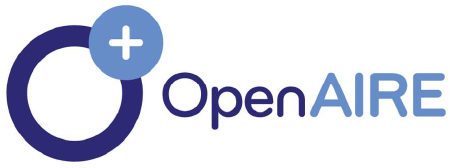THE COMMUNICATIVE APPROACH IN ENGLISH LANGUAGE TEACHING: A CRITICAL ANALYSIS OF ITS BENEFITS AND LIMITATIONS
Abstract
This study critically examines the Communicative Language Teaching (CLT) approach, analyzing its effectiveness in diverse English language teaching (ELT) contexts. Through a systematic review of empirical studies and classroom observations, the research evaluates CLT's impact on learners' communicative competence, fluency, and accuracy, while identifying key implementation challenges. Findings reveal that CLT significantly enhances oral proficiency and learner motivation but faces limitations in grammar accuracy and exam-oriented educational systems. The study concludes with recommendations for adapting CLT to different cultural and institutional settings.[1]
[1] Hymes, D. (1972). On communicative competence. In J. B. Pride & J. Holmes (Eds.), Sociolinguistics (pp. 269-293). Penguin.
References
1. Hymes, D. (1972). On communicative competence. In J. B. Pride & J. Holmes (Eds.), Sociolinguistics (pp. 269-293). Penguin.
2. Krashen, S. (1985). The input hypothesis: Issues and implications. Longman.
3. Richards, J. C., & Rodgers, T. S. (2014). Approaches and methods in language teaching (3rd ed.). Cambridge University Press.
Empirical Studies:
4. Li, D. (1998). "It's always more difficult than you plan and imagine": Teachers' perceived difficulties in introducing the communicative approach in South Korea. TESOL Quarterly, 32(4), 677-703.
5. Long, M. H. (1991). Focus on form: A design feature in language teaching methodology. In K. de Bot et al. (Eds.), Foreign language research in cross-cultural perspective (pp. 39-52). John Benjamins.
6. Savignon, S. J. (2002). Interpreting communicative language teaching: Contexts and concerns in teacher education. Yale University Press.
7. Skehan, P. (1998). A cognitive approach to language learning. Oxford University Press.
8. Swain, M. (1985). Communicative competence: Some roles of comprehensible input and comprehensible output in its development. In S. Gass & C. Madden (Eds.), Input in second language acquisition (pp. 235-253). Newbury House.






















